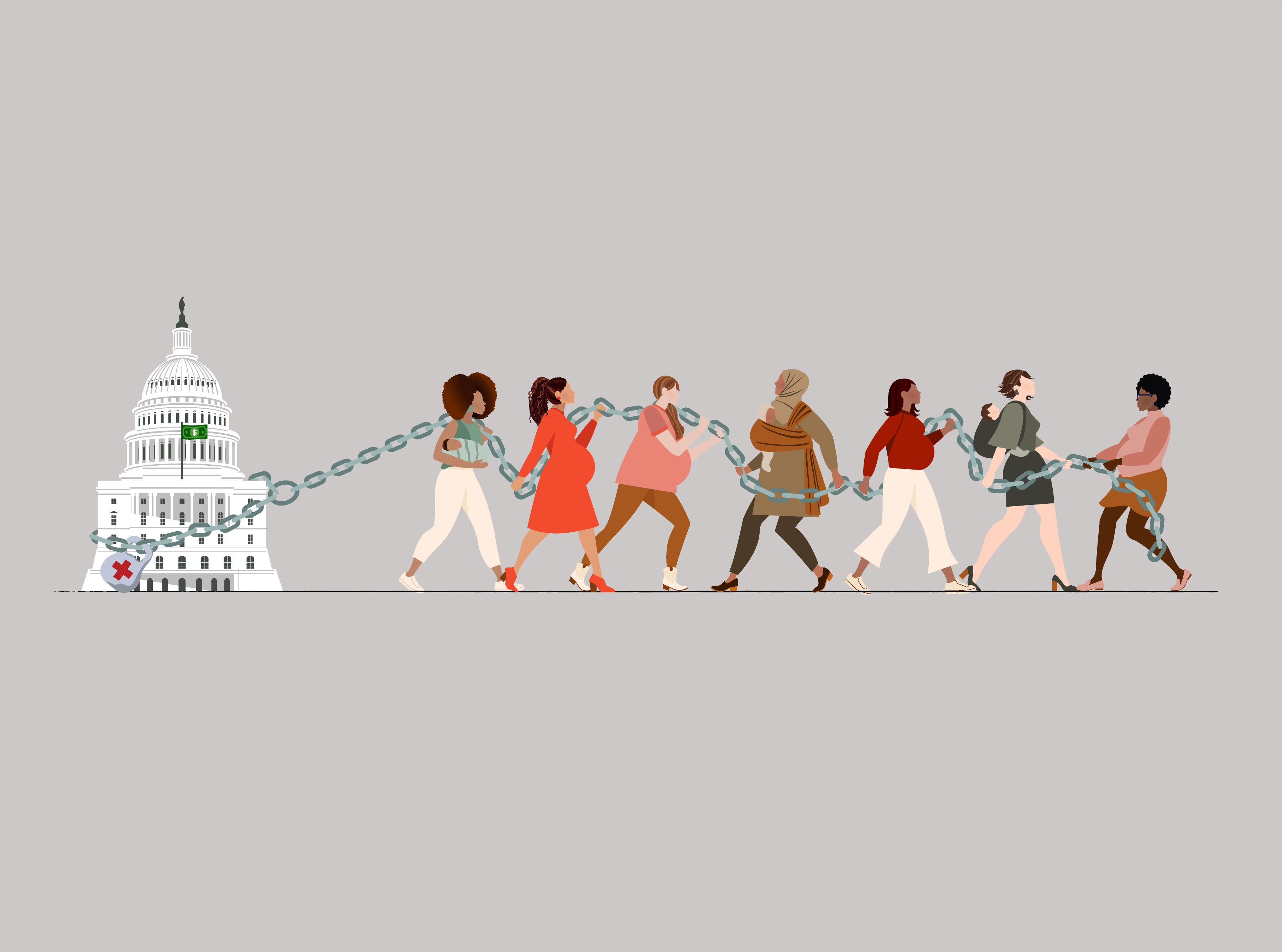A proposed 2021 bill would address many of these issues: the Biden administration's Build Back Better Act. The act, touted as the "most transformative investment in children and caregiving in generations," would address some of the gaps in our healthcare system in the following ways:
- Provide subsidized coverage through the federal health insurance marketplace for individuals with income less than 138 percent of the federal poverty level in order to temporarily close the Medicaid coverage gap—offering more parents and parents-to-be necessary coverage.
- Make federal funding for the Children's Health Insurance Program (CHIP) permanent. CHIP perinatal coverage provides care to unborn children and expands the reach of Medicaid.
- Medicaid and CHIP would provide 12 months of postpartum coverage.
- Funding would be allocated to numerous maternal and child health initiatives, including addressing maternal mental health, minority maternal mortality outcomes and the education/training programs for maternal healthcare workers, among others.
- Establish permanent, mandatory paid family leave for up to four weeks.
- Secure free preschool for all children ages 3 to 4, and increase access to early childcare by ensuring middle-class families pay no more than 7 percent of their income for childcare.
- Support easier access to childcare through the childcare tax credit and grants to improve the safety of childcare sites.
And, that's just some of what the act would cover. Proponents of the bill also say it aims to decrease pharmaceutical costs, promote nutritional security and ensure affordable housing—all of which would have a major impact on childcare.
Opponents of the Build Back Better Act note the overall increase in taxes, and some pharmaceutical companies are displeased with the possibility of the government controlling drug prices. Some hospitals may also be wary of the cuts to disproportionate share hospital (DSH) payments, which are intended to offset care costs for uninsured patients and patients with Medicaid.











